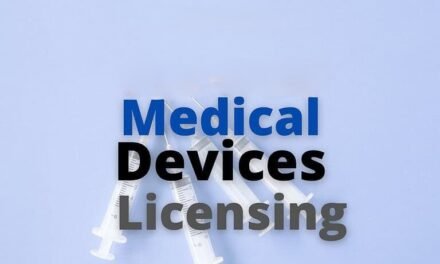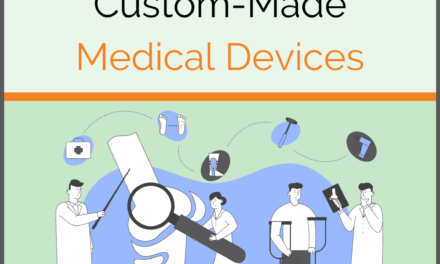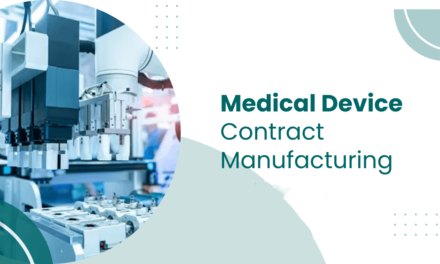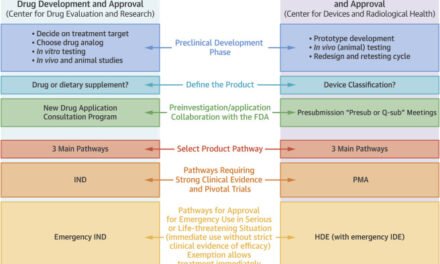
What is the role of the Internet of Medical Things (IoMT)?

The Internet of Medical Things (IoMT) refers to a network of interconnected medical devices, software applications, and healthcare systems that communicate and exchange data over the internet. IoMT plays a transformative role in modern healthcare by enhancing patient outcomes, optimizing workflows, and enabling personalized medicine. Here’s an overview of its roles and impact:
1. Real-Time Patient Monitoring:
- Wearable Devices: Devices like smartwatches, fitness trackers, and ECG monitors continuously track vital signs such as heart rate, blood pressure, and oxygen levels.
- Remote Monitoring: IoMT devices collect and transmit patient data to healthcare providers in real-time, enabling proactive interventions for chronic conditions like diabetes, heart disease, or hypertension.
2. Enhanced Patient Care:
- Personalized Medicine: IoMT devices provide individualized health insights, allowing for tailored treatment plans.
- Improved Compliance: Smart devices remind patients to take medications or adhere to treatment schedules, reducing non-compliance issues.
3. Data Integration and Analysis:
- Centralized Data Collection: IoMT integrates data from various devices into centralized systems or electronic health records (EHRs).
- AI and Analytics: Collected data is analyzed using AI to detect anomalies, predict health risks, and recommend treatment adjustments.
4. Telemedicine and Remote Consultations:
- IoMT devices facilitate telemedicine by enabling doctors to monitor patients remotely, conduct virtual consultations, and adjust treatments based on real-time data.
- Patients in rural or underserved areas gain access to quality care without frequent hospital visits.
5. Operational Efficiency in Healthcare Facilities:
- Asset Tracking: IoMT solutions track medical equipment and optimize its utilization within hospitals.
- Automation: Automated monitoring systems reduce manual tasks, allowing healthcare staff to focus on patient care.
- Inventory Management: IoMT-connected systems monitor and manage medical supplies, ensuring timely replenishment and reducing waste.
6. Improved Diagnosis and Early Detection:
- IoMT devices like connected imaging systems, diagnostic tools, and biosensors enable early detection of diseases by continuously monitoring biomarkers and providing diagnostic insights.
- Integration with AI ensures faster and more accurate diagnoses.
7. Chronic Disease Management:
- IoMT plays a vital role in managing chronic diseases like diabetes, asthma, and cardiac conditions through devices like continuous glucose monitors (CGMs), connected inhalers, and wearable ECG monitors.
- These devices provide alerts and insights to patients and caregivers, improving disease management and reducing complications.
8. Emergency Response and Critical Care:
- IoMT devices alert healthcare providers in case of emergencies, such as irregular heart rhythms or sudden drops in oxygen saturation, ensuring timely intervention.
- Connected devices in ambulances provide real-time patient data to emergency teams and receiving hospitals.
9. Integration with Smart Home Systems:
- IoMT-enabled home care devices, such as connected thermometers, blood pressure monitors, and pill dispensers, integrate with smart home ecosystems to ensure seamless healthcare at home.
- These systems provide peace of mind to caregivers and enhance elderly or post-operative care.
10. Cost Reduction in Healthcare:
- Preventive Care: Early detection and proactive management reduce hospitalizations and emergency room visits.
- Remote Care: IoMT reduces the need for in-person consultations, cutting travel and infrastructure costs.
- Efficient Resource Utilization: Hospitals optimize staffing, equipment usage, and supply management through IoMT systems.
11. Collaboration and Information Sharing:
- IoMT facilitates seamless communication between healthcare providers, enabling collaborative decision-making.
- Real-time data sharing between different departments or institutions enhances continuity of care.
12. Improved Patient Engagement:
- Patients become active participants in their healthcare journey, using IoMT devices to monitor their progress and stay informed.
- Gamification and feedback features in IoMT systems encourage healthier behaviors.
13. Role in Public Health and Research:
- IoMT devices aggregate anonymized data to track disease trends, support public health initiatives, and inform policy decisions.
- Researchers use IoMT data to study disease progression, treatment efficacy, and population health patterns.
14. Enhanced Safety and Security:
- IoMT-enabled infusion pumps and drug delivery systems reduce medication errors through real-time monitoring and automated dosing.
- Patient safety features, such as fall detection in wearables, provide timely alerts to caregivers.
Challenges and Considerations:
- Data Security: Ensuring robust cybersecurity to protect patient data from breaches and unauthorized access.
- Interoperability: Developing standardized protocols for seamless integration across devices and systems.
- Regulation and Compliance: Meeting regulatory standards like GDPR (Europe) and HIPAA (USA) for privacy and data protection.
IoMT is revolutionizing healthcare by enabling smarter, data-driven, and patient-centered care. Its applications range from real-time monitoring and remote consultations to enhanced diagnostics and operational efficiency. As the technology continues to evolve, IoMT will play an increasingly central role in making healthcare more accessible, personalized, and cost-effective.




























